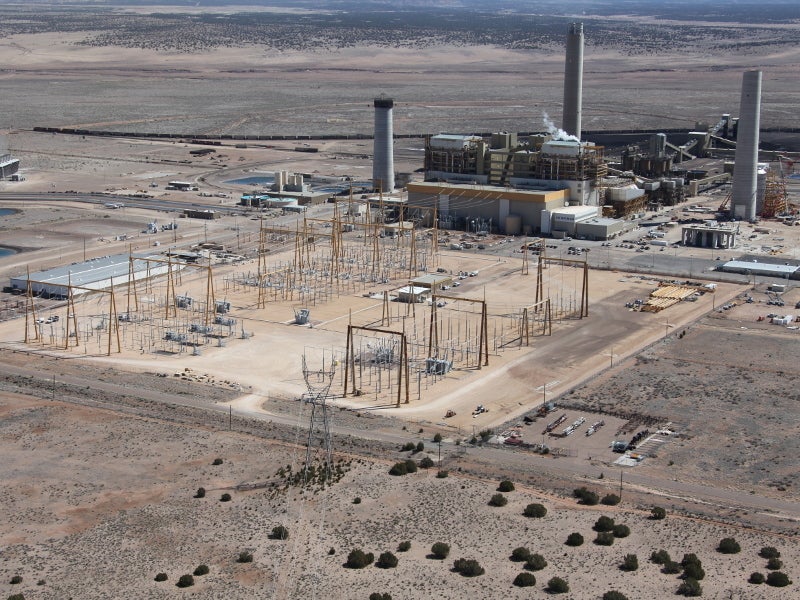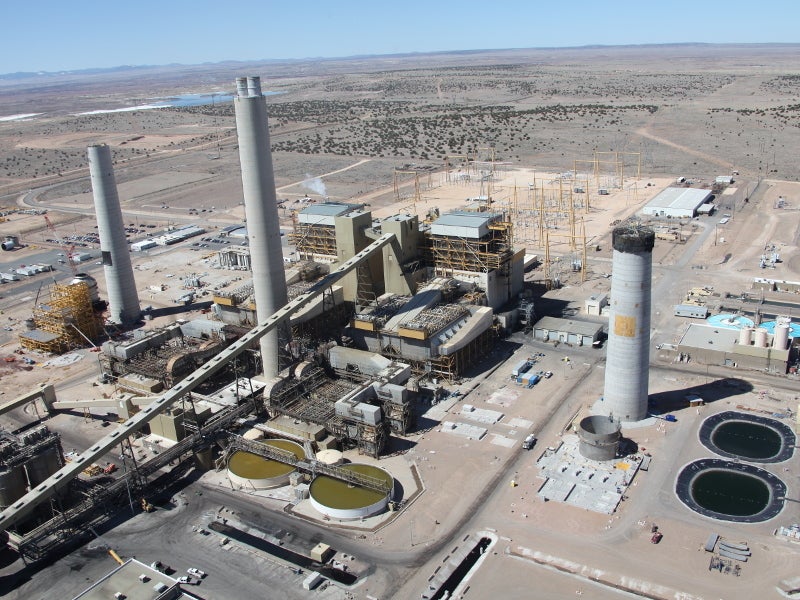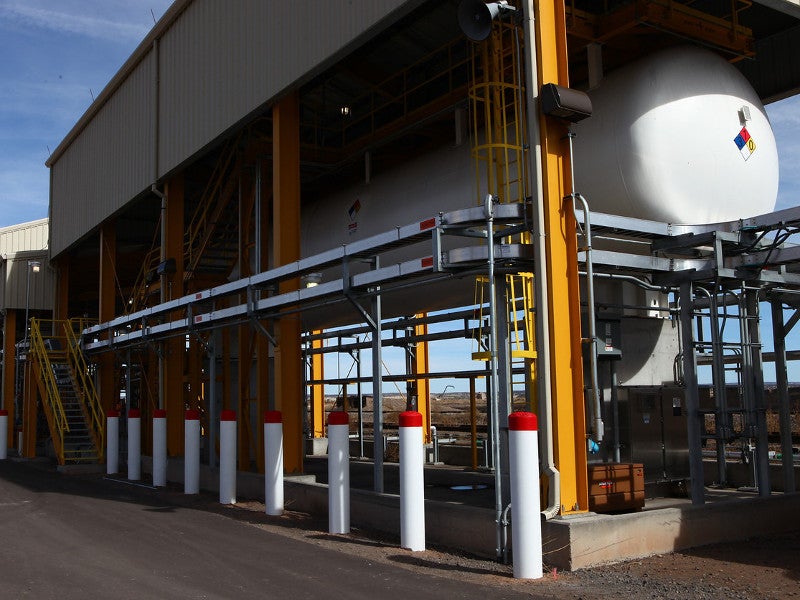Coronado generating station (CGS) is a 773MW coal-fired power station located near St. Johns, Arizona, US.
Wholly-owned and operated by Salt River Project (SRP), a non-profit community-based public power utility based in Arizona, the power station comprises two generating units commissioned in 1979 and 1980, respectively.
The construction of the CGS coal-fired facility that began in 1975 incurred a total cost of $700m (£542m), including $220m (£51.78m) spent on environmental control equipment.
The CGS unit one is expected to be operational at least until December 2025, while the unit two is planned to be closed by 2034.
Clean Air Act settlement for Coronado generating station
The US Department of Justice and the US Environmental Protection Agency (EPA) announced a major Clean Air Act settlement for the Coronado coal-fired power station in August 2008.
The settlement was the result of lawsuits filed against the power plant for alleged violations of the federal Clean Air Act.
Under the settlement, SRP was required to spend approximately $400m (£310m) to install pollution control technologies including selective catalytic reduction (SCR), flue gas desulphurisation (FGD), and particulate matter (PM) continuous emission monitoring systems (CEMS) for controlling sulphur dioxide (SO2), nitrogen oxide (NOx) and PM emissions at the CGS site.
The settlement also required SRP to pay $950,000 (£738,000) as civil penalty and spend $4m (£3m) on three environmental projects for the community.
Regional Haze regulations for the Coronado coal-fired facility
The EPA published the Arizona Regional Haze Federal Implementation Plan (FIP) for the Coronado generating station in December 2012. The FIP required the Best Available Retrofit Technology (BART) compliance for a stipulated plant-wide NOx emissions limit.
In February 2013, SRP requested the EPA to revise the FIP to replace the original plant-wide compliance method with a unit-specific compliance method. The request for the FIP revision was approved in March 2016.
The EPA further approved a revised Arizona Regional Haze State Implementation Plan (SIP) for the Coronado generating station that provided an alternative to BART in October 2017.
The revised SIP called for an interim strategy of seasonal closure of the CGS Unit-1 to limit the overall SO2 and NOx emissions from the plant from 2018 onwards, while the permanent strategy involves two options of either installing SCR on the CGS Unit-1 or permanently shutting down the unit by December 2025.
SRP has time to choose either of the options until December 2022.
Coronado power plant make-up
The Coronado generating station is equipped with two coal-fired units of 389MW and 384MW installed capacities, respectively.
The northern area of the plant site encompasses 640 of fenced acres and houses the key facilities including the main power building, two mechanical draft cooling towers, coal handling facilities, a railroad spur, a water treatment plant, water storage reservoirs as well as the combined administration and service building.
The southern area of the project site occupies 969 acres and hosts a 60ft-high, 2,300ft-long, and 60ft-wide evaporation pond as well as ash disposal and solid waste landfills.
Both the units are equipped with electrostatic precipitators, baghouses, dust extractors, and flue gas desulphurisation (FGD) systems for pollution control, while only Unit-2 is fitted with SCR.
The electricity generated by the facility is evacuated to the grid via a 500kV switchyard.
Coal supply
Coal for the Coronado generating station is transported by rail from the Antelope mine in Wyoming and the Spring Creek mine in Montana.
The plant also sourced coal earlier from the McKinley mine located at the New Mexico-Arizona border.





